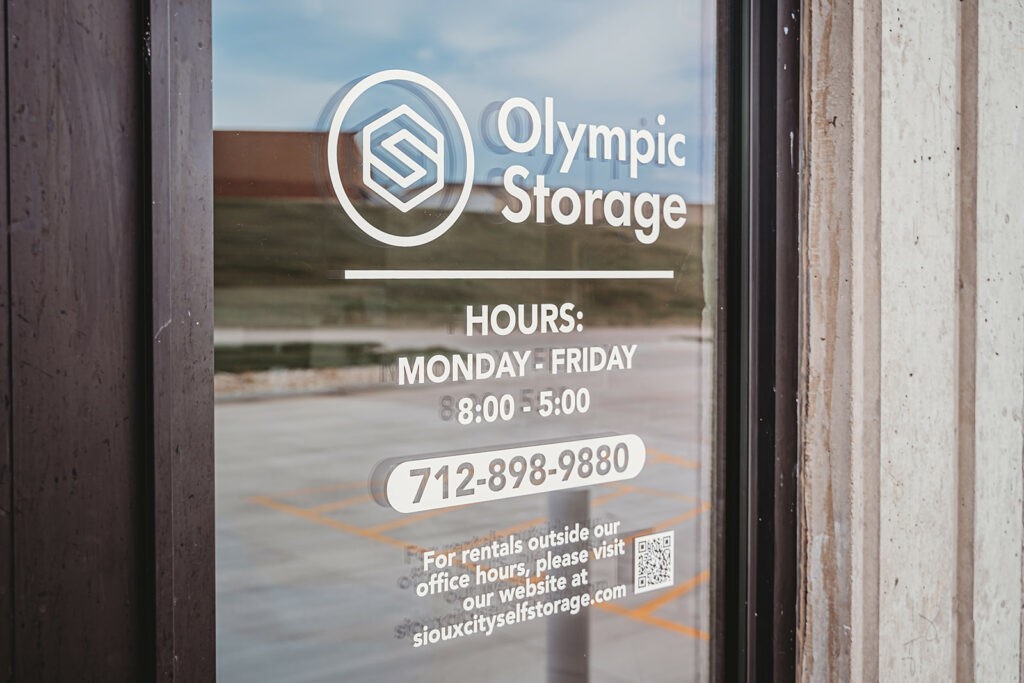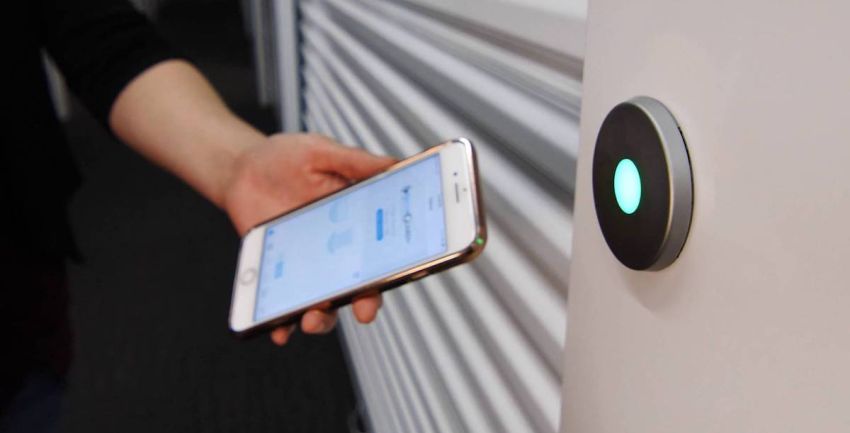Difference Between Heated and Climate Controlled Storage
- Feb 15 2023
- Climate Controlled Storage

You’ve heard about climate-controlled storage, but what if you don’t need a space that is constantly in one temperature range? What if you just need to protect something from extreme winter cold? You could look into heated storage, which is when the climate inside the storage unit is partially controlled but left alone at other times. Yet if you’re going to pay for heated storage, you may as well look at climate-controlled storage because anything that needs to avoid extreme cold likely has to avoid extreme heat. And while Sioux City, Iowa’s summers may not be as bad as what you’d find in the Desert Southwest, the combined humidity and heat could be enough to affect your belongings.
What Is Heated Storage?
Heated storage is a storage unit that is heated to a minimal temperature during colder months but left alone otherwise. So, during the winter the unit might be heated to maintain a temperature that is in the 50s or 60s Fahrenheit, with the heating turned off after ambient temperatures reach more moderate levels.
Pros and Cons of Heated Storage in Sioux City
The advantage to using heated storage is that the price can often be lower than you might pay for full climate control. The extra power is needed only for a few months. Plus, as climate control can dry out air, you aren’t leaving your belongings in overly arid conditions all year long.
The disadvantage to using heated storage is that the combined summer heat and humidity can be just as destructive to your belongings as the cold can be. The humidity can contribute to mold growth and attract bugs, and both of those can create even more damage.
What Is Climate-Controlled Storage?
Climate-controlled storage is storage where the temperature and humidity are controlled year round, kept in a moderate range that might not seem optimal for humans, such as holding the temperature constantly in the low 80s, but that is good enough to protect your belongings. The humidity is kept low as well.
Pros and Cons of Climate Control
The advantage to having climate control is that the temperature and humidity remain reasonable no matter the time of year. The risk of mold growth is lessened, and the reduction in heat, cold, and moisture helps protect your belongings. The disadvantage to using climate control is mainly price as a climate-controlled unit could be more expensive than a heated unit. However, this will vary between storage facilities.
What to Store in Heated, Standard, and Climate-Controlled Units
The differences in temperature and humidity levels in standard, heated, and climate-controlled units influence what you can store in each type. Standard storage units, where there is no temperature or humidity control and only some general ventilation, are good for items that aren’t particularly fragile. A metal and plastic storage cart, for example, could do well in a standard unit, along with freezer- and oven-safe cookware. Heated units, also called heated and ventilated units, are good for items that can’t be exposed to cold but that can take heat, such as dishes or non-fragile knickknacks.
Climate-controlled units are best for items that react to excessive temperatures. Records, paintings, and similar items are best placed in a climat-controlled unit.
Which type you choose depends on your individual needs. In Sioux City, Iowa, Olympic Storage offers climate-controlled storage in different sizes. Contact us to arrange to rent a unit today.



